Editorial
Breaking records
Nepal’s tourism sector was hard hit by the double whammy the country was faced with in 2015-the devastating earthquake and the crippling trade embargo imposed by India.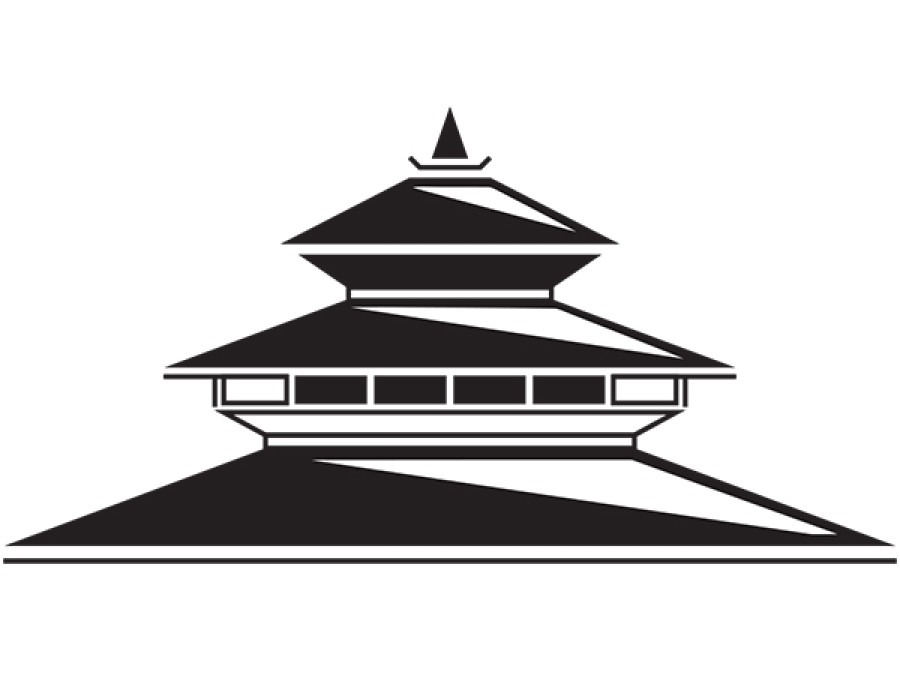
Nepal’s tourism sector was hard hit by the double whammy the country was faced with in 2015-the devastating earthquake and the crippling trade embargo imposed by India. With only 538,970 foreigners visiting the country, tourist arrivals to Nepal fell to a six-year low that year. Yet recent projections have shown that Nepal’s allure of breath-taking scenery and diverse cultures has not been dampened by the dual disasters.
Industry watchers have reported that Nepali tourism is on track to reach the magic figure of 1 million arrivals by the end of the year.
These projections are based on arrival trends for the first 10 months (January to October) of 2017, when the number of visitors jumped 25.47 percent to 757,448 individuals. Given that the travel and tourism sector accounted for nearly 4.3 percent of the nation’s GDP and provided direct employment for 487,500 Nepalis in 2014, this remarkable rebound will help Nepal breathe easy.
Indeed, the year of 2017 has been one in which a number of records have been surpassed in the Nepali tourism industry: The country earned a record Rs58.52 billion in foreign exchange from the tourism industry in the last fiscal year 2016-2017 which ended in July, according to figures released by Nepal Rastra Bank (NRB); arrivals in October reached an all-time high of 112,492 individuals; and Nepal is seeing an unprecedented boom in hotel construction that will add 4,000 star category rooms by 2020.
Given such trends, it is easy to believe that the magic number of 1 million tourist arrivals is indeed within reach. And one might even believe that the government’s target of attracting 2.5 million tourists by 2025, ambitious though it may be, is achievable.
With the private sector getting into the driving seat and entrepreneurs plunging into social and digital marketing, the Nepali tourism sector is evolving, and recent figures have shown that this evolution is proving resoundingly beneficial. Social media has transformed tourism marketing, and the media exposure Nepal received following the earthquake buoyed Nepal’s publicity as a popular tourist destination.
Touted by the Lonely Planet as the world’s “best value destination” for 2017, Nepal has also been placed on the list of the top 10 places that deserve more travellers by the National Geographic. Nepal needs to capitalise on this wave of positive publicity.
The problem, however, are Nepal’s considerable infrastructural constraints. Kathmandu’s Tribhuvan International Airport (TIA) is notorious for being one of the worst in the world. Several tourist hotspots like Chitwan and Nagarkot have been severely affected due to bad road conditions. And the state of the Capital is deplorable. The government and the private sector have to push for infrastructural improvements. And perhaps with the new federal structure of state, the provincial governments will be able to take matters into their own hands within their localities and encourage a more hands-on, productive way of promoting tourism at the local level as well.




 17.12°C Kathmandu
17.12°C Kathmandu

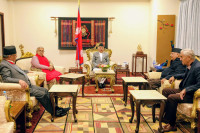

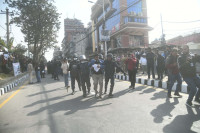

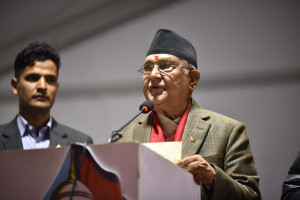
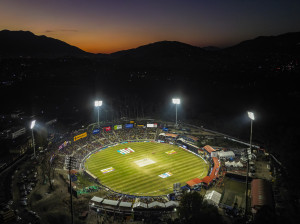
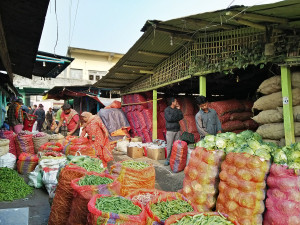
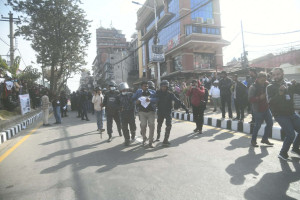



%20(1).jpg&w=300&height=200)

